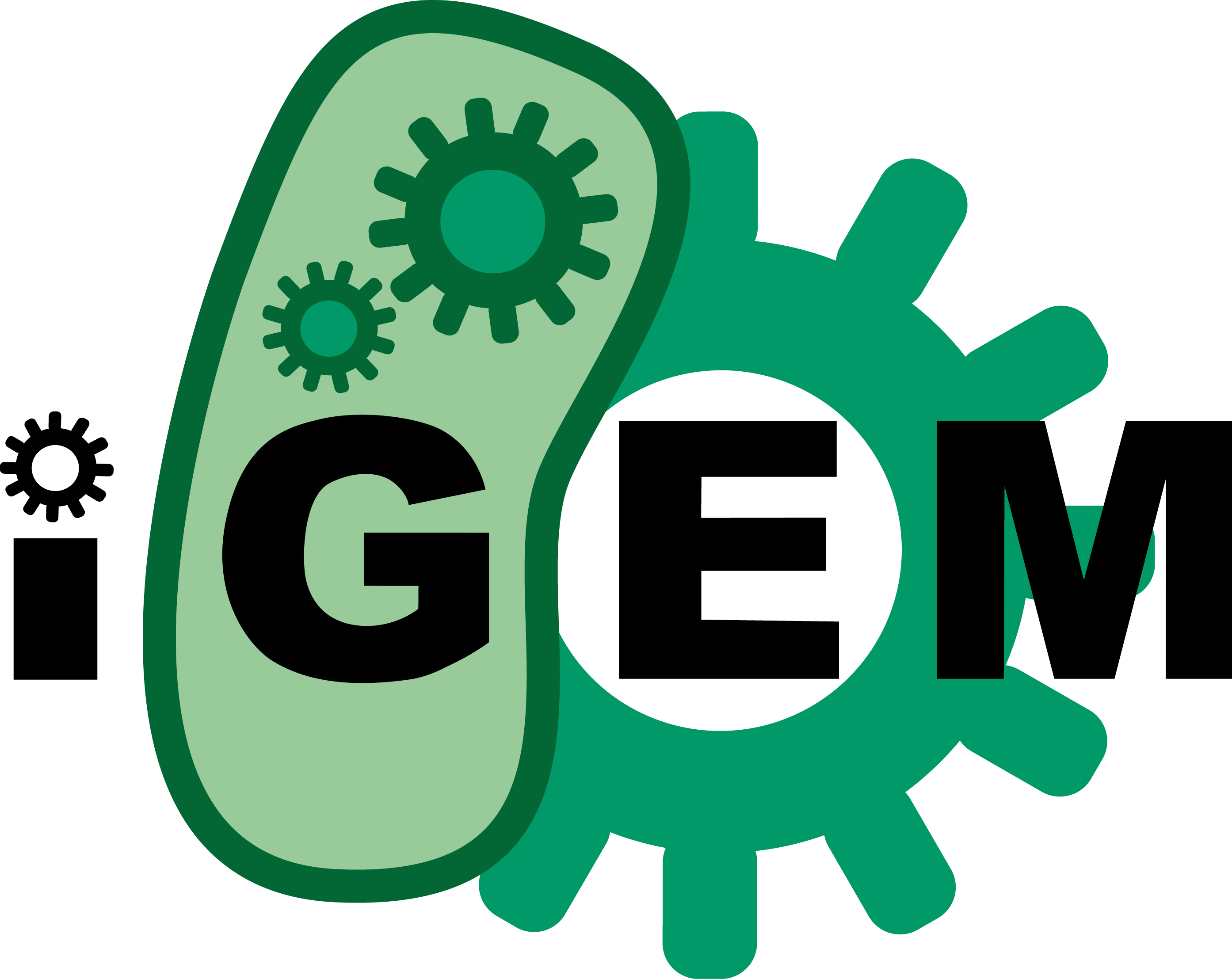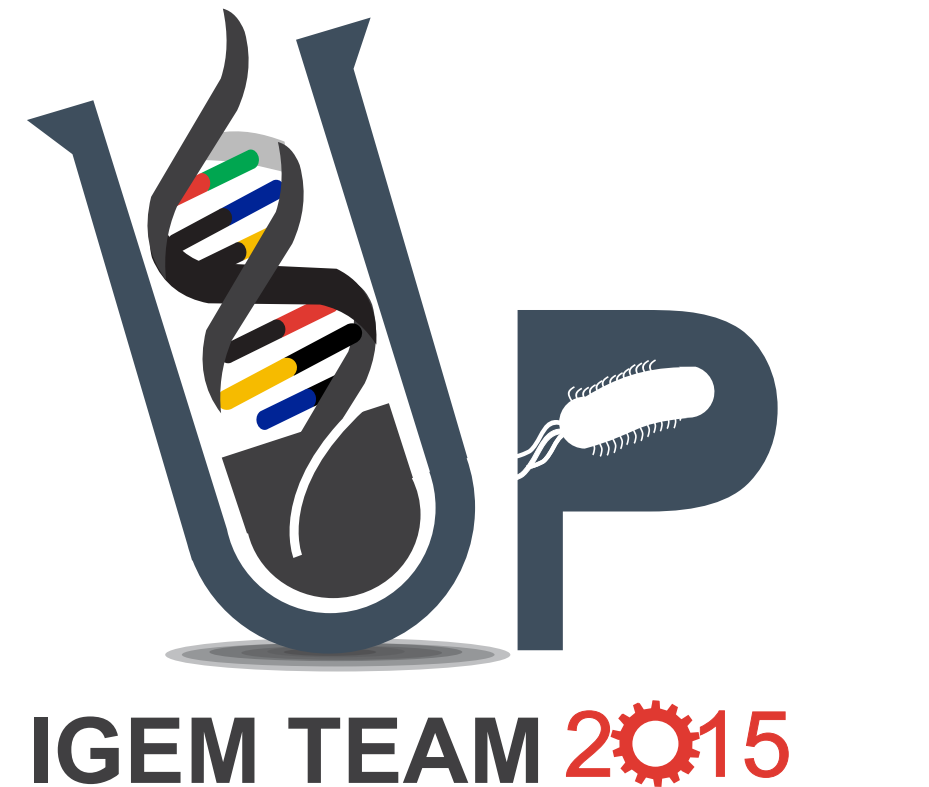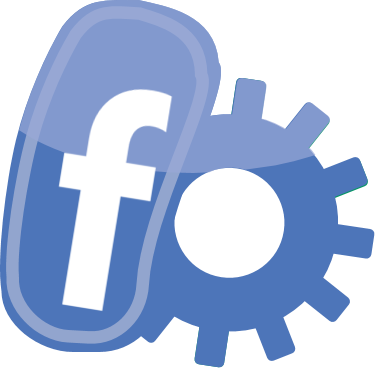Difference between revisions of "Team:Pretoria UP/Practices"
| Line 103: | Line 103: | ||
<p> All participants are in Grade 11.</p> | <p> All participants are in Grade 11.</p> | ||
| + | <h4>What is the highest Qualification of your parents?</h4> | ||
| + | <ol type="A"> | ||
| + | <li> A. Neither of my parents have their matric </li> | ||
| + | <li>Matric </li> | ||
| + | <li>Diploma </li> | ||
| + | <li>Degree </li> | ||
| + | <li>Postgraduate </li> | ||
| + | <li>I don’t know or I prefer not to answer </li> | ||
| + | |||
| + | |||
| + | |||
| + | </ol> | ||
Revision as of 16:30, 17 September 2015
Human Practices
Synthetic Biology Awareness and Attitudes Among South African Youths: a Comparison of Socio-economic Influences
Project background
South Africa has a unique, turbulent and controversial political history of racial segregation, referred to as Apartheid. Prior to democracy in 1994, a white supremacist government forced non-white racial groups (black, indian and mixed race) to live in isolated townships on the outskirts of cities, and denied them access to quality education. 26 years after the advent of a free and fair democracy in South Africa, the vestiges of the Apartheid regime still persist in the form of historically segregated neighbourhoods, poverty, lack of basic health and sanitation services and compromised education in some previously disadvantaged areas.
@TODO : Images of school
Our Inspiration
With the recent advent of synthetic biology, we realized that high school learners in previously disadvantaged areas may not yet have heard about this cutting edge-field. In our Human Practices Project, we took the opportunity to both educate Grade 11 learners about synthetic biology as well as compare awareness, attitudes and consumer choice between learners from contrasting socio-economic circumstances.
The Survey
One hundred Grade 11 science learners from each school were asked 10 questions relating to (1) education, age and background, (2) general perception and (3) consumer choice regarding synthetic biology, as well as (4) their projections for the future of synthetic biology and (5) whether it will be relevant in the lives of South African citizens. We compared the results from learners at Lehlabile Secondary School and Pretoria Boys’ High School to identify statistically significant differences in the answers given.
(The survey administered can be viewed Here)

Survey Results
We expected to see a significant difference in most answers, due to the fact that there is such a big social and economic gap between the two distinct samples we surveyed. The results do show significant differences, but external influences might have had an effect on the results, for instance the videos we showed during our presentation at Lehlabile Secondary School (LSS) focused mainly on the positives of synthetic biology and it resulted that the Lehlabile sample had a more positive mindset when answering the survey. Contrasting to that is the fact that the presentation with those specific videos were not shown to the Pretoria Boys’ High School (PBHS) sample, therefore it is possible that they only knew about mostly the negatives of synthetic biology (or rather genetic modification), as is generally communicated by the mainstream and non-scientific media. However, even when keeping in mind that the conditions were not replicated between the two samples, the results can be accepted as true and are still in line with. We also applied the Bonferroni correction of multiple testing, where P = 0.05/11 = 0.004545455 (as we used 11 calculations)
How old are you?
Kolmogorov-Smirnov Test: P-value = 1.61x10-7The LLS sample shows a much wider distribution than PBHS, with the averages differing by quite a large margin.
Avg. LLS = 17.5625
Avg. PBHS = 16.85
What grade are you in?
All participants are in Grade 11.
What is the highest Qualification of your parents?
- A. Neither of my parents have their matric
- Matric
- Diploma
- Degree
- Postgraduate
- I don’t know or I prefer not to answer
What are students’ concerns about SynBio?

Did the students find the information and survey interesting? Why?











